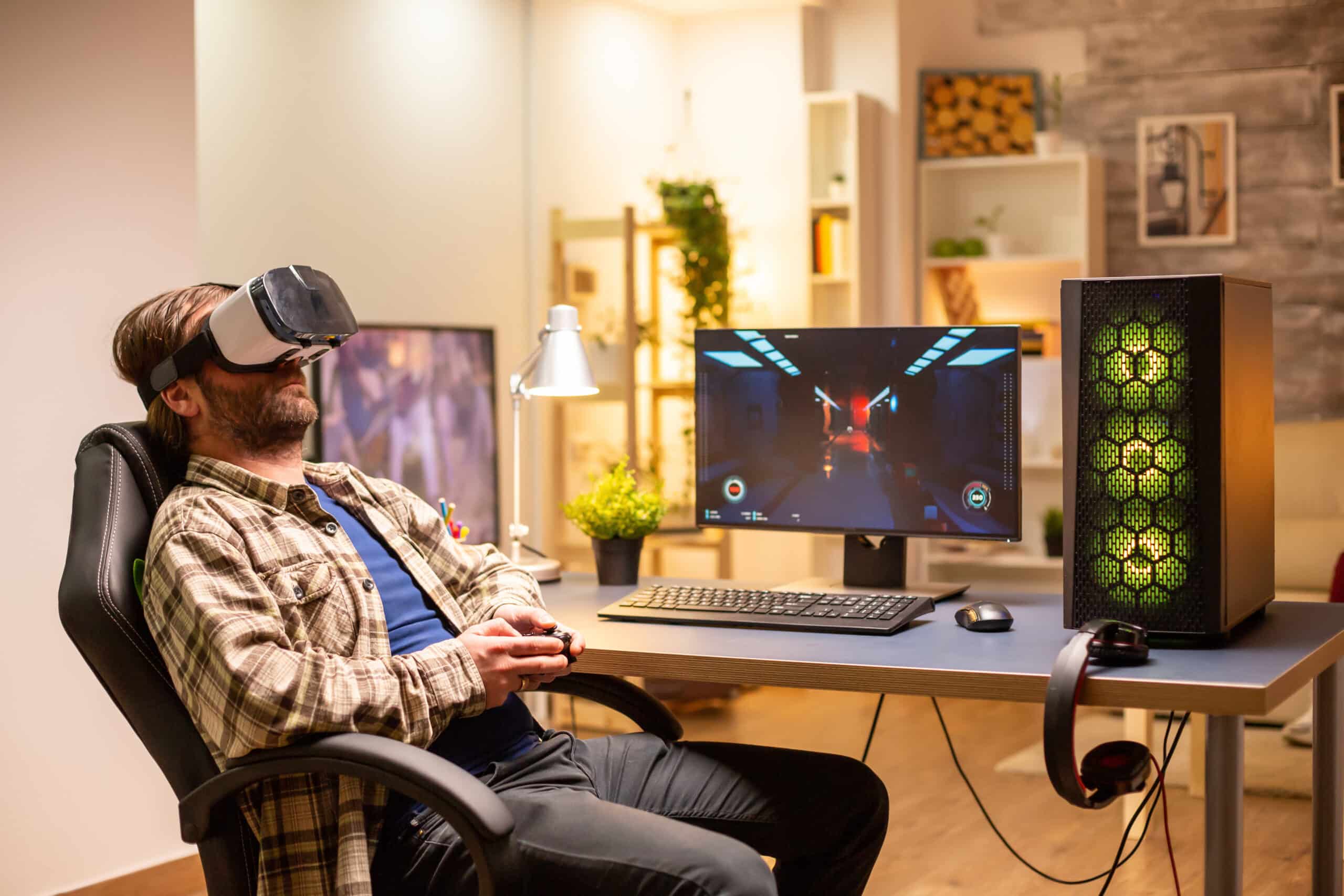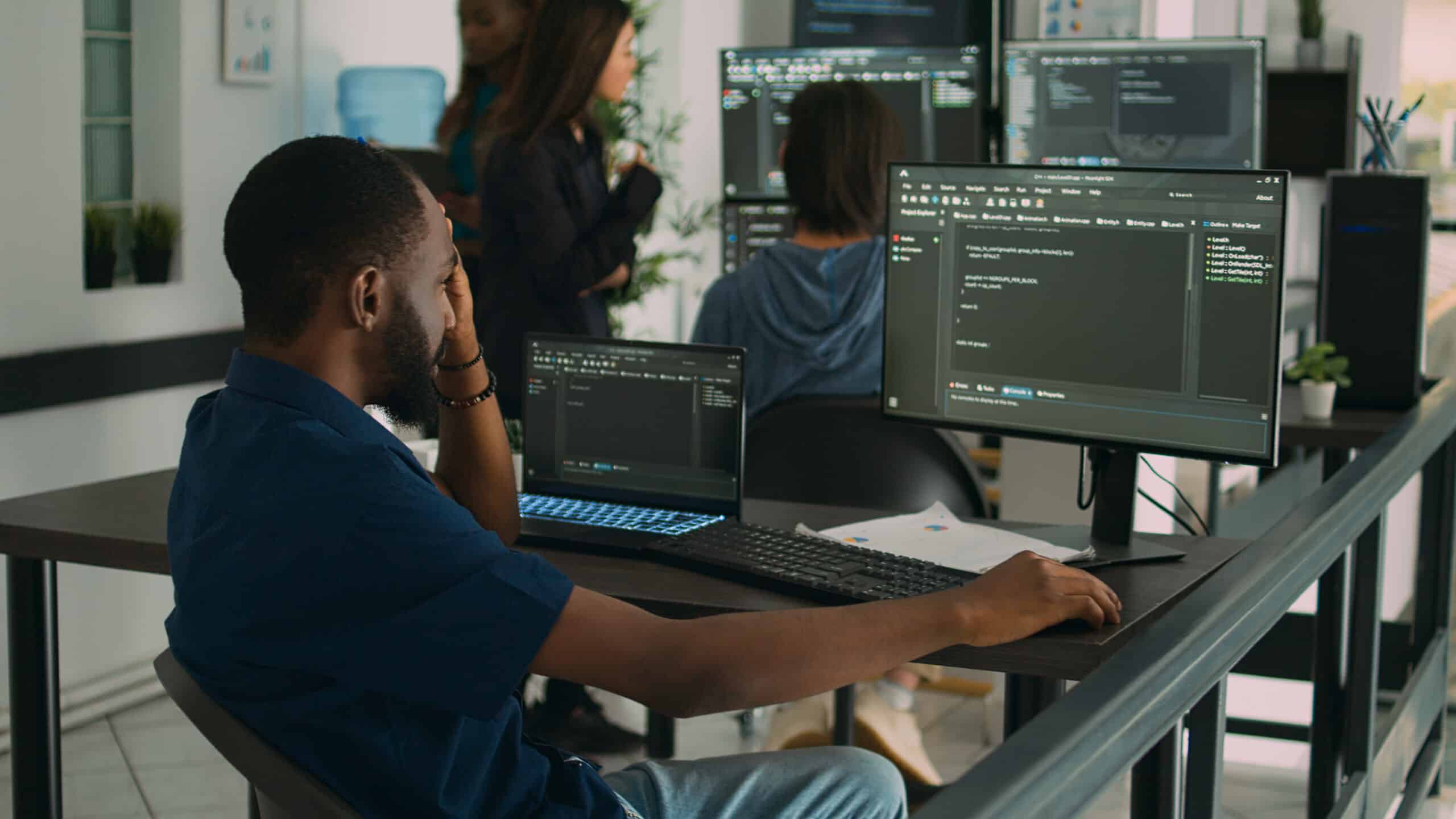Are you tired of playing video games on a low-performance computer or dealing with slow processing speed? It’s time to build your dream PC and experience gaming and computing like never before. In this comprehensive guide, we’ll take you through the process of selecting the right components, putting them together, and troubleshooting any issues you may encounter.
Understanding Your PC Needs
Before you start buying components, it’s important to understand your computing needs. Do you mostly play games or do you use your computer for work and productivity? The answers to these questions will help you determine which components you need to prioritize.
For gaming, a high-performance graphics card and processor are crucial, while for work and productivity, a large amount of RAM and a fast solid-state drive (SSD) are more important. It’s also important to consider your budget and future plans for your PC.
Choosing the Right Components
Now that you have a clear understanding of your PC needs, it’s time to start choosing components. Here’s a list of the essential components you’ll need:
- Processor (CPU)
- Motherboard
- Graphics card (GPU)
- Memory (RAM)
- Storage (HDD/SSD)
- Power supply unit (PSU)
- Case
Processor (CPU)
The processor, also known as the central processing unit (CPU), is the brain of your computer. It’s responsible for executing instructions and performing calculations. When choosing a processor, consider its performance, number of cores, and clock speed.
Motherboard
The motherboard is the backbone of your PC and is responsible for connecting all the components together. When choosing a motherboard, make sure it’s compatible with your processor and has the right number of slots for your RAM and other components.
Graphics Card (GPU)
The graphics card is responsible for rendering images and videos. If you’re a gamer, a high-performance graphics card is crucial for a smooth gaming experience. Consider the memory size, clock speed, and compatibility with your motherboard when choosing a graphics card.
Memory (RAM)
Memory, or RAM, is the short-term memory of your computer. It’s responsible for storing data that your processor needs to access quickly. When choosing RAM, consider the speed, capacity, and number of sticks.
Storage (HDD/SSD)
Storage is where you’ll store all your files, documents, and programs. There are two main types of storage: hard disk drives (HDD) and solid-state drives (SSD). SSDs are faster and more reliable than HDDs, but they’re also more expensive. Consider your budget and needs when choosing storage.
Power Supply Unit (PSU)
The power supply unit (PSU) is responsible for supplying power to all the components in your PC. When choosing a PSU, consider its power output, efficiency, and compatibility with your other components.
Case
The case is what holds all your components together. When choosing a case, consider its size, cooling capabilities, and compatibility with your other components.
Putting Your PC Together
Now that you’ve chosen all your components, it’s time to put them together. The process may seem daunting, but it’s actually quite simple. Here are the steps to follow:
- Choose a flat and stable surface to build your PC on.
- Install the CPU and RAM onto the motherboard.
- Install the storage into the case.
- Attach the power supply to the components.
- Connect the fans and any other cooling solutions.
- Install the graphics card if you have one.
- Connect the cables and peripherals.
Building a PC is a straightforward process, but it’s important to take your time and make sure everything is secure and connected correctly. If you’re unsure about anything, there are many online tutorials and forums where you can ask questions and get advice.
Conclusion
Building a custom PC is an exciting and rewarding experience, allowing you to create a machine that perfectly meets your needs and specifications. Whether you’re a gamer, a content creator, or simply looking for a more powerful and customizable computer, building a PC is a great option. With the right components and a bit of patience and attention to detail, anyone can build a high-performing and reliable computer that will serve their needs for years to come.




